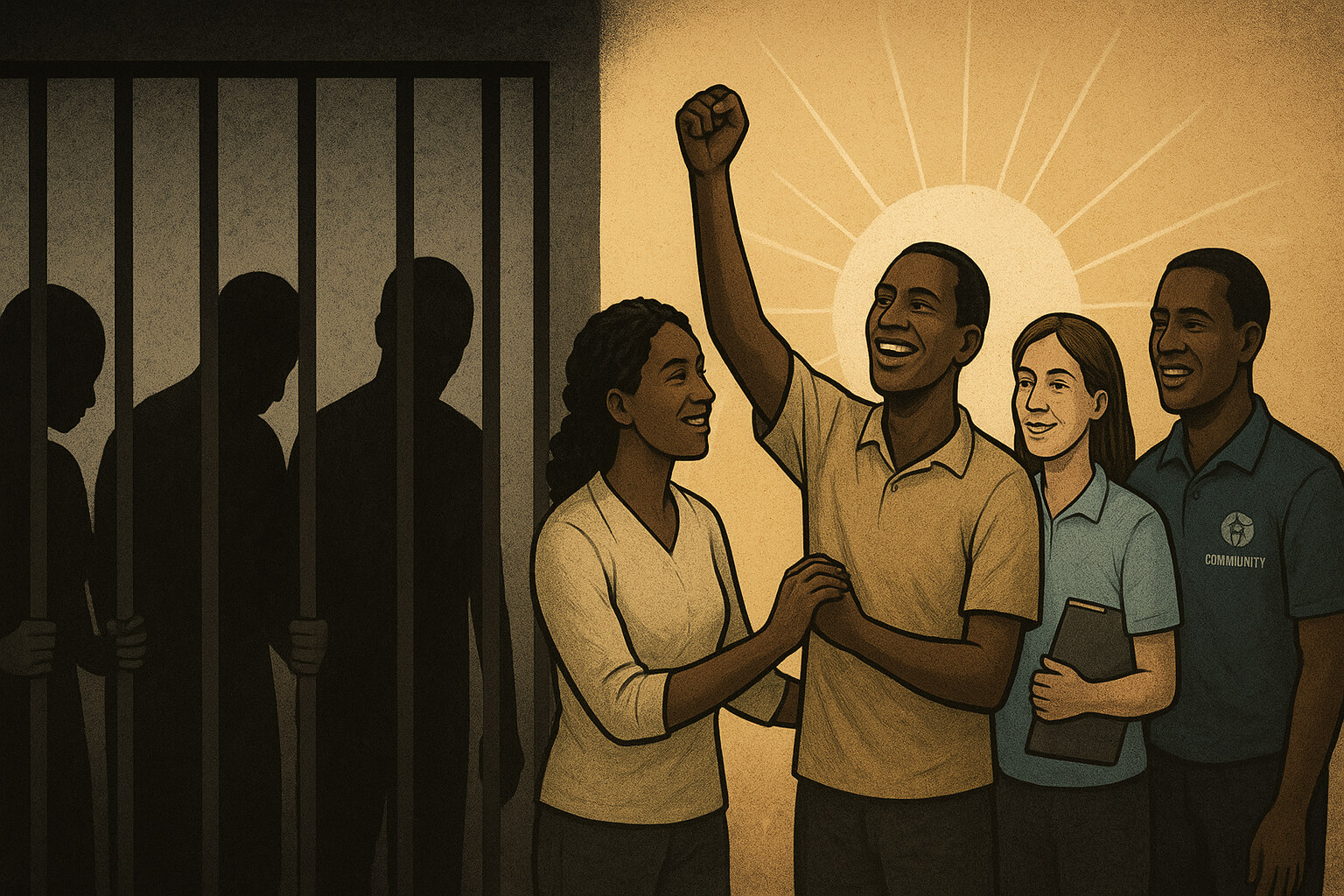August 27, 2025

Modern slavery and human trafficking are among the most pressing human rights issues of our time. Despite increased global awareness, over 50 million people remain trapped in exploitative systems that deny them freedom, dignity, and basic rights. From forced labor to sexual exploitation, these crimes operate silently—often overlooked within global supply chains and even within our own communities (ILO, 2022).
Modern slavery is a term used to describe situations where individuals are exploited and cannot leave due to threats, violence, coercion, or deception. Unlike historical slavery, which was legal and visible, modern slavery exists in the shadows, making it harder to identify and combat.
According to the International Labour Organization (ILO), modern slavery affects 28 million people in forced labor and 22 million in forced marriage.
Human trafficking is one of the fastest-growing criminal industries in the world. Traffickers prey on vulnerable individuals—especially those affected by poverty, displacement, or lack of education—using deception and coercion to control them.
According to the UN Office on Drugs and Crime (UNODC), trafficking is deeply embedded in cross-border crime networks and requires global cooperation to disrupt.
Poverty, unemployment, and inequality are major risk factors for modern slavery. Families in economic distress may feel forced to accept unsafe labor arrangements or send children to work. Migrants seeking better opportunities often fall victim to false job offers or illegal recruiters, who exploit their desperation.
As highlighted in RocketPages’ nonprofit blog, breaking the cycle of poverty through education, skills training, and economic opportunity is one of the most effective ways to prevent exploitation.
Organizations like Anti-Slavery International also emphasize that reducing inequality and ensuring legal protections for vulnerable populations is key to tackling modern slavery long-term.
Addressing modern slavery requires coordinated efforts from governments, NGOs, communities, and individuals. Key strategies include:
Modern slavery exists in every country, including in developed nations. It’s not just a problem of poor or conflict-affected regions. It thrives in silence—hidden in supply chains, domestic work, and online spaces.
To combat it, we need a shared global response:
Each of us has a role to play. Whether by donating to trusted nonprofits, reporting suspicious activity, or choosing ethical products, we can collectively dismantle the systems of exploitation.
Let me know if you’d like to:
Stay up to date with the latest tips, expert insights, product reviews, and step-by-step guides to help you grow, create, and succeed—no matter your industry or passion.